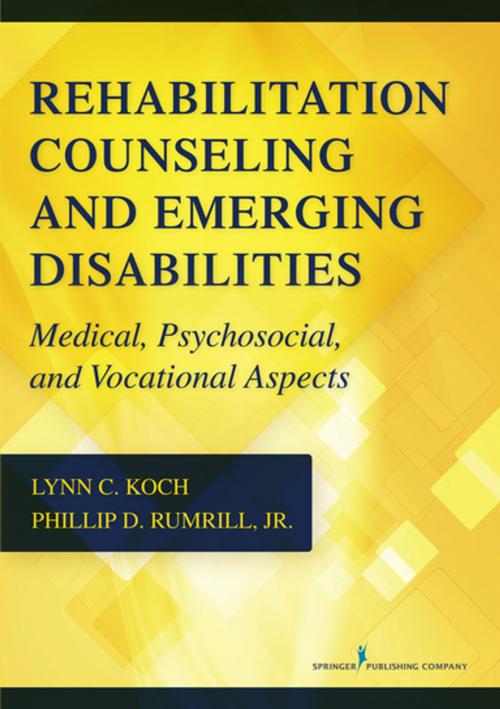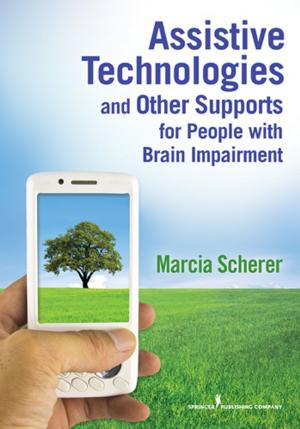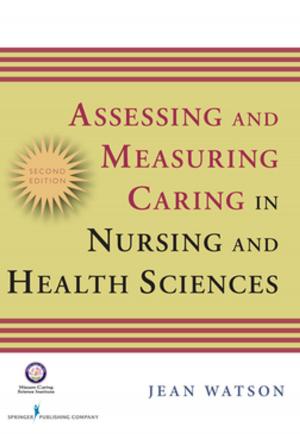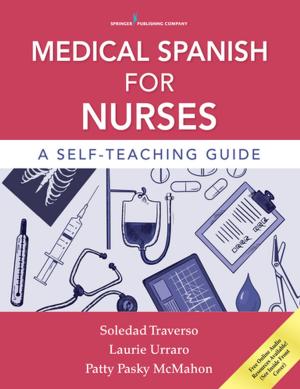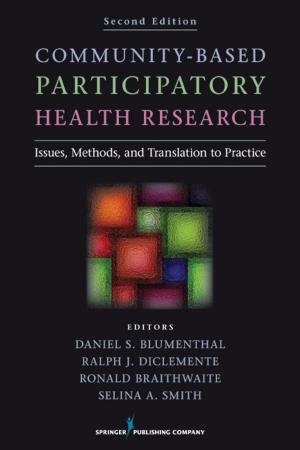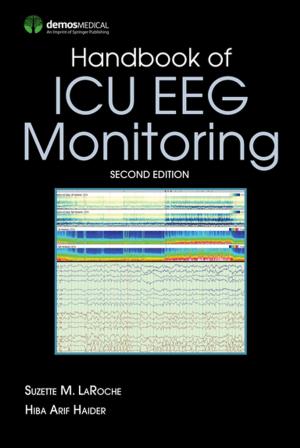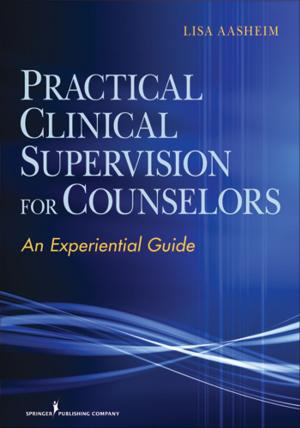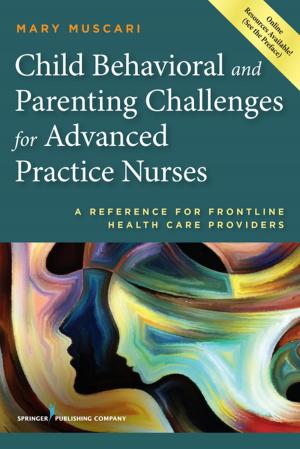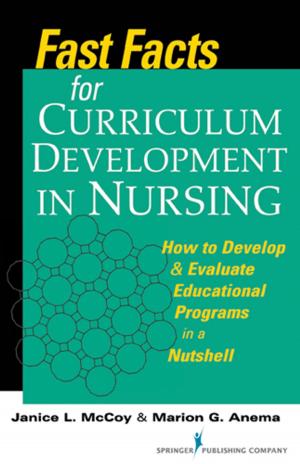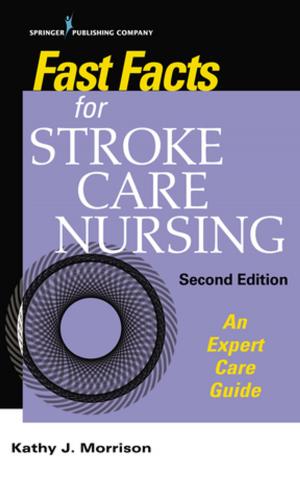Rehabilitation Counseling and Emerging Disabilities
Medical, Psychosocial, and Vocational Aspects
Nonfiction, Social & Cultural Studies, Social Science, Disability, Health & Well Being, Psychology, Counselling| Author: | Lynn C. Koch, PhD, CRC, Phillip D. Rumrill, PhD, CRC | ISBN: | 9780826120694 |
| Publisher: | Springer Publishing Company | Publication: | October 14, 2016 |
| Imprint: | Springer Publishing Company | Language: | English |
| Author: | Lynn C. Koch, PhD, CRC, Phillip D. Rumrill, PhD, CRC |
| ISBN: | 9780826120694 |
| Publisher: | Springer Publishing Company |
| Publication: | October 14, 2016 |
| Imprint: | Springer Publishing Company |
| Language: | English |
The first book to focus on non-traditional, emerging disabilities and their implications for rehabilitation practice
Emerging disabilities are disabling conditions that are either new to medical science, often medically debated, and lacking in known etiology; or those increasing in prevalence in recent years. This master’s level text is the first to eschew traditional disabilities to focus specifically on the unique characteristics and needs of individuals with emerging disabilities (i.e. multiple chemical sensitivity, fibromyalgia, Lyme disease) or those currently increasing in prevalence (i.e. diabetes, autism, PTSD), and explore their implications for rehabilitation counseling practice. The text is also unique in its examination of how disability causes, types, and patterns are changing in response to current medical, social, cultural, and environmental trends and in addressing necessary changes to rehabilitation policies and practices to better serve consumers with emerging disabilities.
The first book to focus on non-traditional, emerging disabilities and their implications for rehabilitation practice
Emerging disabilities are disabling conditions that are either new to medical science, often medically debated, and lacking in known etiology; or those increasing in prevalence in recent years. This master’s level text is the first to eschew traditional disabilities to focus specifically on the unique characteristics and needs of individuals with emerging disabilities (i.e. multiple chemical sensitivity, fibromyalgia, Lyme disease) or those currently increasing in prevalence (i.e. diabetes, autism, PTSD), and explore their implications for rehabilitation counseling practice. The text is also unique in its examination of how disability causes, types, and patterns are changing in response to current medical, social, cultural, and environmental trends and in addressing necessary changes to rehabilitation policies and practices to better serve consumers with emerging disabilities.
